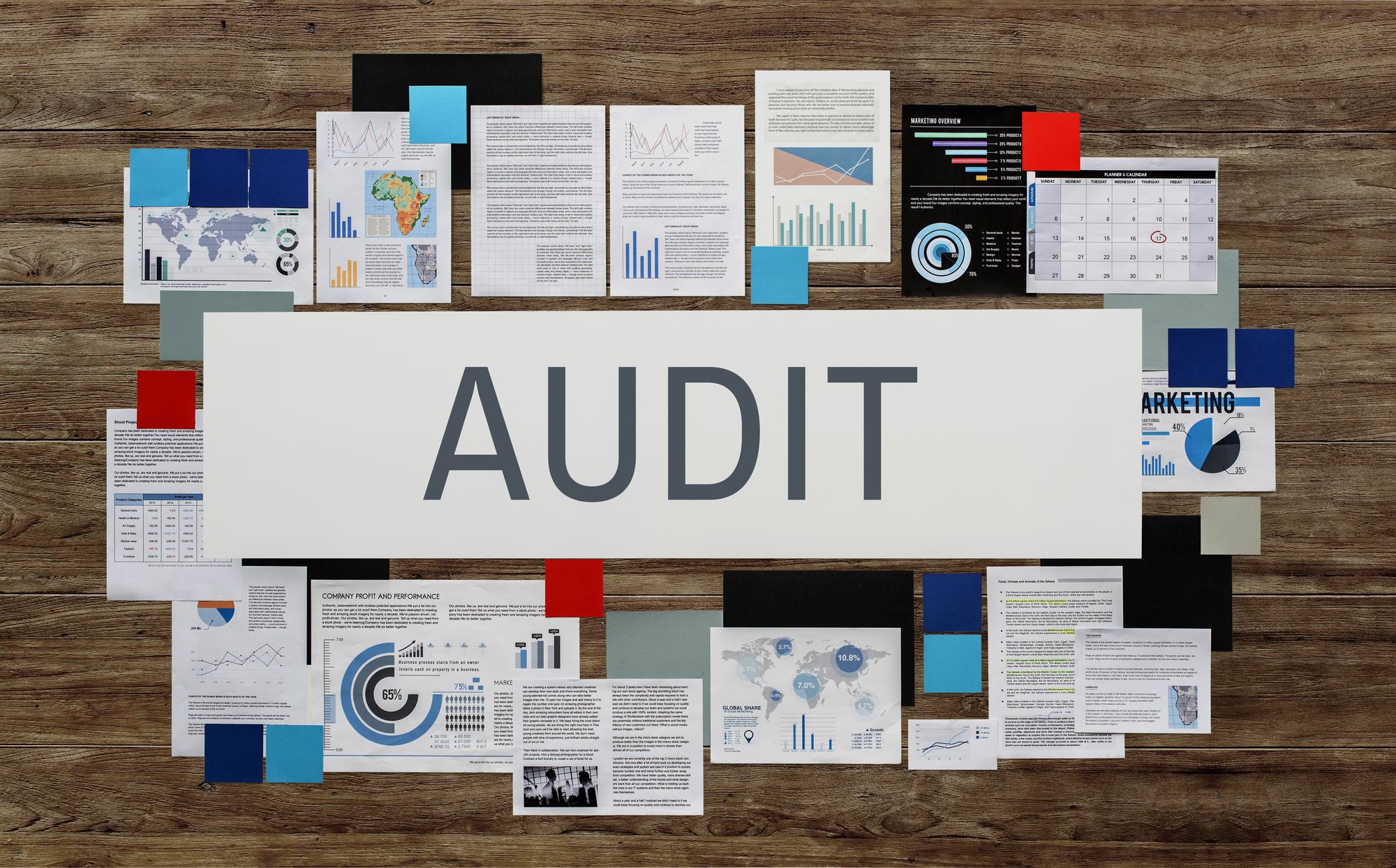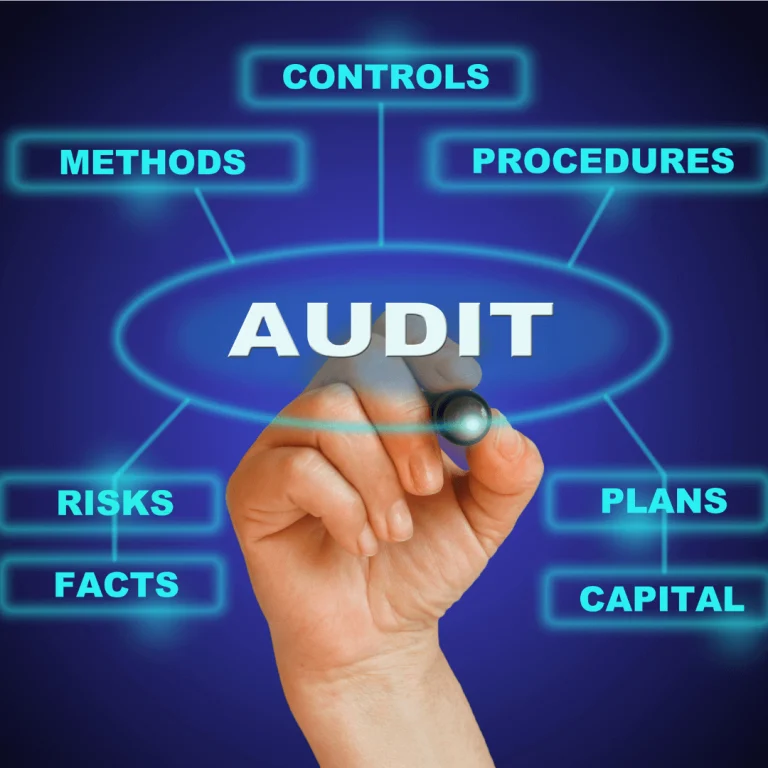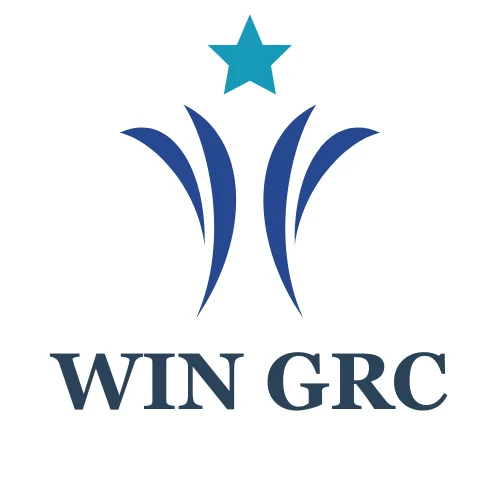Empower Your Organization with Robust Audit Management Solutions
Streamline your audit processes with our comprehensive software, designed to enhance efficiency, accuracy, and compliance. Automate routine tasks, centralize data management, and gain real-time insights to make informed decisions. Our solution fosters collaboration across teams, mitigates risks, and ensures adherence to regulatory standards. With customizable templates and secure document management, you can maintain a transparent and organized audit trail, ultimately driving continuous improvement and operational excellence.

Manage multiple audits at once
Automated Compliance Evidence Capture
Work alongside auditors in real-time
Involves a detailed examination of elements or structure
Before covering the specific character and nature of a food safety audit, let us first look at what an audit is in general. An audit is usually defined as:
Audit is a systematic, independent and documented process for obtaining audit evidence and evaluating it objectively to determine the extent to which the audit criteria are fulfilled.In simple language, an audit is a structured activity whereby a trained individual checks for evidence that a standard is being complied with. The trained individual (auditors) will collect evidence to support their conclusion in regard to the level of compliance and overall result of the audit. This definition and description applies to auditing in general and also where an audit is focused on food safety.
Establishing policies and frameworks for audit activities
Audit management forms the basis for a sound audit by offering straightforward, measurable steps for achieving specific audit objectives. Documentation of these audit management procedures allows auditors to remain well-informed about ongoing activities with minimal confusion. Audit management procedures are a guideline for auditors, employees, and other stakeholders.
Audit Management work
Audit management is a quintessential process to ensure that all audit directives are correctly implemented and executed. It encourages any organization to:
Improve audit plans
Establish specific goals and boundaries for the audit to ensure focused efforts and relevant outcomes.
Track and manage audit findings
Effectively tracking and managing audit findings is crucial for enhancing organizational performance and ensuring compliance
Boost audit efficiency and cut costs
To enhance audit efficiency and reduce costs without compromising quality, consider implementing
Gain deeper insights through detailed audit result
Gaining deeper insights through detailed audit results is essential for enhancing organizational performance, ensuring compliance, and fostering continuous improvement

Why are GRC audits important
GRC audits help identify and address potential risks, protecting the business from financial loss, reputational damage, and legal repercussions.
Risk mitigation is a proactive strategy that involves identifying, assessing, and implementing measures to reduce the impact or likelihood of potential risks. Common strategies include avoidance, reduction, sharing, and retention. By addressing risks early, organizations can safeguard assets, ensure compliance, and maintain operational continuity, ultimately enhancing resilience and stakeholder confidence.
They ensure compliance with relevant regulations and internal policies, reducing the risk of fines and penalties.
Compliance refers to the act of conforming to established laws, regulations, standards, or ethical practices. It involves adhering to rules set by authorities or organizations to ensure lawful and ethical operations. In business, compliance is crucial for mitigating risks, maintaining integrity, and fostering trust with stakeholders. Non-compliance can lead to legal penalties and reputational damage.
GRC audits can help identify inefficiencies in GRC processes and provide recommendations for improvement.
Enhanced efficiency involves optimizing processes to achieve greater output with fewer resources, time, or costs. This can be accomplished through strategies like automation, lean practices, and effective resource management. For instance, implementing Lean Six Sigma methodologies can streamline operations, reduce waste, and increase productivity. Such improvements lead to cost savings, faster turnaround times, and higher customer satisfaction.
A robust GRC program, supported by regular audits, can build confidence among stakeholders, including investors, customers, and regulators.
Stakeholder confidence refers to the trust and belief that various stakeholders—including investors, employees, customers, and the community—have in a company’s integrity, ethics, and ability to deliver on its commitments. High levels of stakeholder confidence can enhance a company’s reputation, encourage customer loyalty, and attract investment, while low confidence can lead to skepticism and disengagement.
Configuring Audit Management
Use the steps in the GRC Audit Management application checklist to download the Audit Management from the ServiceNow Store, and get it ready for operation. Mandatory and optional setup steps, as well as an implementation checklist, are provided to simplify the setup.
Audit Management implementation steps
Create an engagement
Add entities to engagement scope
Move an engagement to validate state
Create a control test or generate a test automatically
Create an activity
Create an interview
Create a walkthrough
Generate an audit report
Implementing an Audit Management System
Begin by defining clear objectives and aligning the system with organizational goals. Develop a comprehensive audit plan detailing scope, methodology, and timelines. Assign roles and responsibilities to ensure accountability. Select and configure appropriate software tools to support the process. Conduct training sessions for all stakeholders to ensure effective utilization. Implement the system, monitor its performance, and gather feedback for continuous improvement. Regularly review and update the system to adapt to evolving needs and regulations.
Additionally, it’s crucial to identify and document desired business processes before system implementation. Designing and documenting these processes ensures that the system configuration aligns with organizational needs and facilitates smoother adoption. Engaging the right stakeholders with the necessary skills and authority is also vital for successful implementation. Their involvement ensures that the system meets business requirements and gains necessary support. Effective communication throughout the implementation process helps in managing expectations and fostering user acceptance.
